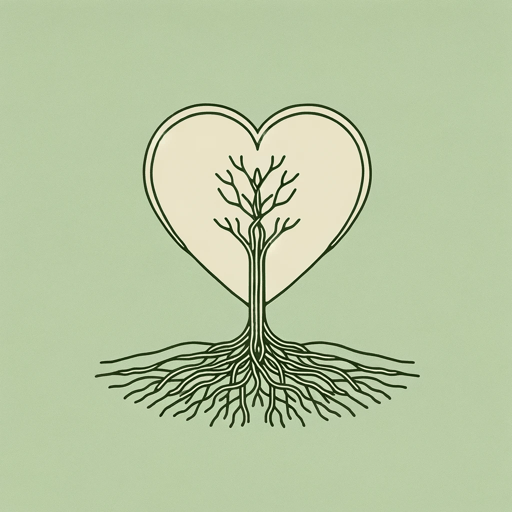47 pages • 1 hour read
Resmaa MenakemMy Grandmother’s Hands: Racialized Trauma and the Pathway to Mending Our Hearts
Nonfiction | Book | Adult | Published in 2017A modern alternative to SparkNotes and CliffsNotes, SuperSummary offers high-quality Study Guides with detailed chapter summaries and analysis of major themes, characters, and more.
Themes
Race as a Social Construct
Race is a relatively recent invention: The first recorded use of the term “white” as a racial category dates to the late-17th century. During this period, wealthy landowners began to formalize a culture of white-body supremacy, creating institutions and formal structures to reinforce the concept of race. Political leaders legislated whiteness into existence in 1691, when a Virginia law decreed that any white man or woman who married “a Negro” or another person of color would be forever banished from the colony. They did all this for four reasons. First, to justify and maintain their dominion over Black people, most of whom were slaves. Second, to soothe tensions between more powerful and less powerful white bodies. Third, to blow generations of white-on-white trauma though Black bodies (and through the bodies of Native people). Fourth, to colonize the minds of people of all races. The concept of race created an us-versus-them dynamic that dissuaded poor, disenfranchised white people from joining forces with people of color and revolting against the wealthy. Poor white people did not have the right to vote, but they did enjoy quasi-leadership positions as plantation overseers.
White supremacy is built around certain myths about Black and white bodies.

